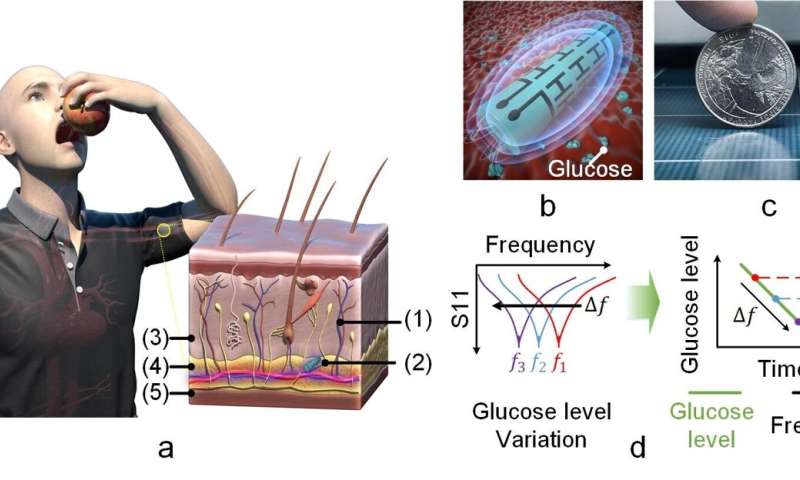Best of Last Week—Cracking Emperor Charles' code, mimicking sleep in AI, measuring glucose without drawing blood

It was a good week for code cracking and the discovery of a biological enigma, as a team at the Loria research lab in eastern France cracked Emperor Charles V's secret code and uncovered a secret plot to kill the Holy Roman Emperor and the king of Spain. A team at Queen's University won a $50,000 reward for cracking an encrypted code selected by the U.S. NIST as a security test—and did it on a personal computer in less than an hour. And a small international team of researchers found that a 525-million-year-old fossil defied textbook explanations for brain evolution—the tiny sea creature, a Cardiodictyon catenulum, was found preserved in rocks in China's Yunnan province.
In technology news, a team at the Electronics and Telecommunications Research Institute, in South Korea, announced that they had developed a deep-learning model that generates nonverbal social behavior for robots, such as shaking hands and hugging. Also, a combined team from City University of Hong Kong and Southeast University developed a space-time coding metasurface antenna for efficient and secure communications. And a team at the University of California, working with a colleague from the Institute of Computer Science of the Czech Academy of Sciences, mimicked human sleep in a way that prevented catastrophic forgetting in AI systems. Also, a team at Imperial College London, announced that they had developed a model that can recognize speech in different languages by watching a speaker's lip movements.
In other news, a team at Dalhousie University discovered an existing drug that can be used to disrupt coronavirus replication—called 6-Thioguanine, the drug was originally developed to treat patients with the flu. Also, a team at Rice University working with colleagues from Syzygy Plasmonics Inc. and Princeton University's Andlinger Center for Energy and the Environment found that a light-powered catalyst could be the key to building a hydrogen-based economy. And finally, a team at the Ulsan National Institute of Science and Technology developed a novel way to measure glucose levels without drawing blood—it uses an electromagnetic-wave-based glucose sensor inserted under the skin.
© 2022 Science X Network